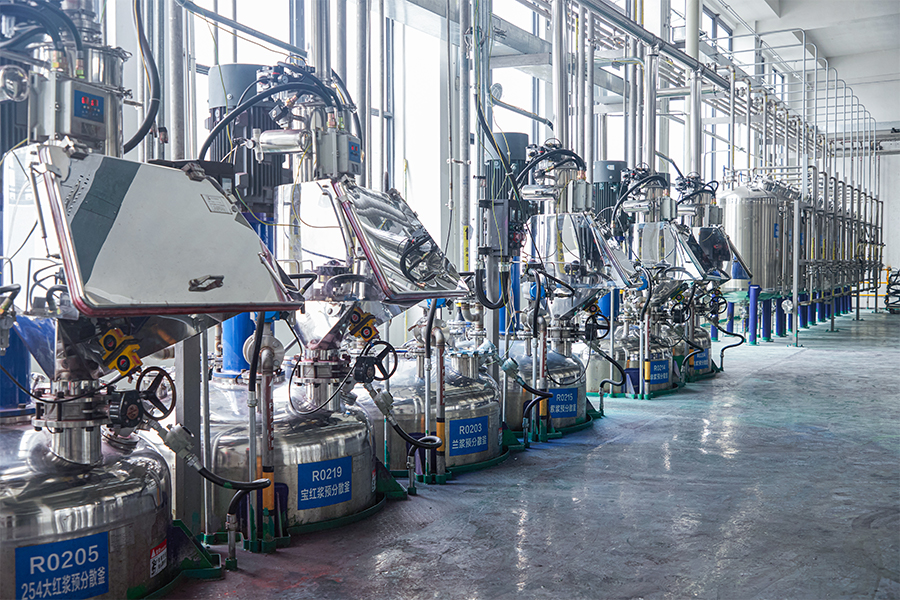When you’re deciding on a protective finish, two common options always come up: water based coating and oil based coating. Both coating types are used widely in industry, but when durability is a major concern, the question becomes: which one will last longer under real-world stress?
How Water Based Coatings Hold Up
Advances in Waterborne Resin Technology
Modern water based coatings are no longer what they used to be. Thanks to innovations in waterborne resins (waterborne resins are resins dispersed in water rather than solvents), they can now achieve higher hardness, better adhesion, and better resistance than older generations. Many water-based coatings now include crosslinkers, additives, or hybrid chemistries to boost durability.
Flexibility and Crack Resistance
One advantage that water based coatings often bring is flexibility. Because they are less rigid when cured, they can accommodate substrate expansion and contraction (due to temperature or moisture changes) better than some brittle oil systems. This flexibility helps reduce microcracks and peeling over time, especially in fluctuating climates.
UV and Weathering Resistance
One traditional weak point for water based coatings was UV/weathering resistance, but modern formulations have improved dramatically. For typical architectural or outdoor use, high quality waterborne coatings can resist fading and maintain gloss fairly well over years. Some coatings can now even rival certain solvent systems in outdoor exposure.
Maintenance and Recoating
When durability is not perfect, another measure is how easy it is to maintain or recoat. Water based coatings often allow for simpler recoating or touch-ups without aggressive surface prep, which helps extend the effective life of the coated system.

How Oil Based Coatings Respond Over Time
Hard, Tough Films
Oil based coatings historically produce harder, more robust films. The curing mechanism (oxidative curing, crosslinking) tends to create dense networks, which give strong resistance to abrasion, chemicals, and wear. That hardness is a major reason oil coatings are still chosen for heavy-duty or industrial settings.
Risk of Brittleness and Cracking
However, that hardness comes with a trade-off: rigidity. Over time, in environments with thermal cycling or vibration, rigid coatings may develop microcracks or delaminate if the substrate shifts. Also, some oil coatings may become more brittle as they age or when exposed to aggressive environments.
Yellowing and UV Degradation
A known drawback of many oil based systems is yellowing over time under UV exposure. This can affect appearance and may signal chemical changes in the binder. Some oil coatings also degrade under sustained UV, causing to chalking or loss of binder.
Repair Complexity
When damage occurs (chipping, abrasion), repairing oil based coatings can be more challenging. Matching the gloss, ensuring adhesion, and blending the patch can require careful surface prep and solvent cleaning.
Recommendations for Maximizing Durability
Use high quality formulations
Choose coatings with proven test data (abrasion, weathering). Don’t rely solely on generic “water-based” or “oil-based” labels.
Surface preparation is crucial
No matter the coating, poor substrate prep (contamination, poor adhesion) will shorten life dramatically.
Match coating to environment
In mild conditions, water-based may suffice; in extreme exposure, consider hybrid or solvent systems.
Layer appropriately
Use priming, intermediate layers, and topcoats with compatible chemistries to build durability.
Plan for maintenance
Even the ideal coating may need refurbishment. Accessibility and recoating strategy matter.


 English
English русский
русский Español
Español Português
Português عربى
عربى
